
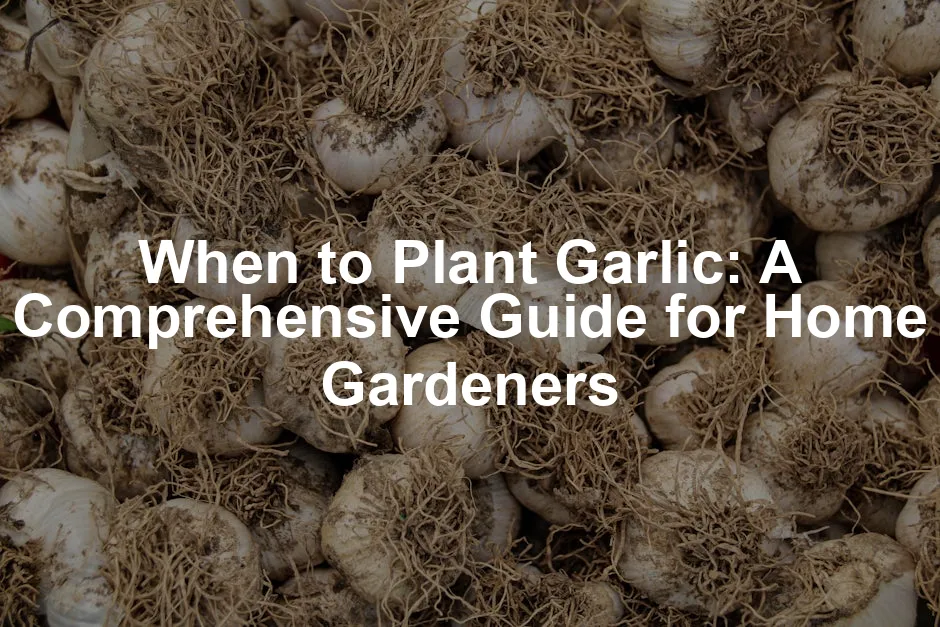
When to Plant Garlic: A Comprehensive Guide for Home Gardeners
Introduction
Are you eager to add homegrown garlic to your culinary repertoire? Planting garlic is a rewarding experience for any gardener. Not only does garlic enhance dishes, but it also boasts impressive health benefits. From reducing blood pressure to boosting immunity, its virtues are numerous. However, timing is everything. Planting your garlic at the right moment ensures optimal growth and a bountiful yield. Let’s explore how to master the art of planting garlic!
To get started, you might want to consider using organic garlic seed bulbs. They are specifically cultivated for planting and will give you a head start on that delicious garlic harvest!
Summary and Overview
Garlic is a beloved staple in kitchens around the world. It thrives in various climates, making it a popular choice among home gardeners. Typically, garlic can be planted in two main seasons: fall and spring. For the best results, consider your local climate and the specific garlic variety you choose. This knowledge will guide you in selecting the ideal planting time.
Garlic has a unique growth cycle. It requires a cold period to form proper bulbs. Understanding this cycle is crucial for successful cultivation. So, let’s dive deeper into the types of garlic and their growing needs.

Understanding Garlic Varieties
Hardneck vs. Softneck Garlic
Garlic comes in two main types: hardneck and softneck. Hardneck garlic features a stiff stalk, often producing fewer but larger cloves. It thrives in colder climates and is known for its robust flavor. Popular varieties include German Red and Music garlic.
On the other hand, softneck garlic has pliable stalks, making it ideal for braiding. It generally produces more cloves and has a longer shelf life. Varieties like California Softneck and Inchelium Red are favorites among gardeners in warmer regions. Each variety has its own unique flavor and uses. Choose wisely based on your climate and culinary preferences!
If you’re looking to expand your gardening skills, consider investing in a planting guide book. It’s a treasure trove of knowledge to help you grow your garden like a pro!
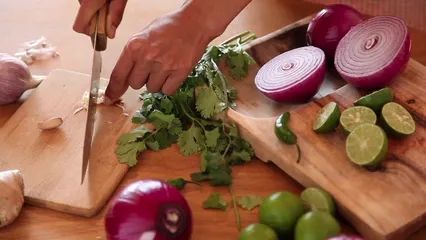
When to Plant Garlic
Best Planting Times by Region
Timing is crucial for planting garlic. The optimal planting times vary by USDA hardiness zones. Here’s a quick guide:
- Zones 1-6: Plant in early October.
- Zones 7-8: Aim for late October to November.
- Zones 9-10: Plant between November and early December.
Here’s a visual chart for easy reference:
| USDA Zone | Best Planting Time |
|---|---|
| 1-6 | Early October |
| 7-8 | Late October to November |
| 9-10 | November to early December |
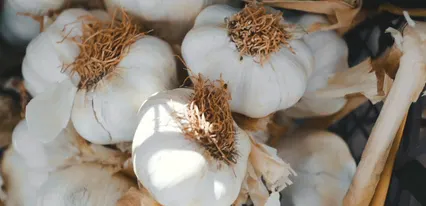
Factors Influencing Planting Time
Local climate significantly impacts when you should plant. Always consider frost dates in your area. Garlic needs a cold period for proper bulb formation. The soil temperature should ideally be below 60°F (15°C) for successful growth.
Additionally, the garlic variety you choose matters. Hardneck varieties often need more cold than softneck types. Each variety has specific needs, so check your chosen garlic type for the best results.
With these guidelines, you’ll be ready to plant your garlic at the perfect time for a successful harvest!

Preparing for Planting
Soil and Site Preparation
Garlic thrives in well-drained, fertile soil. Aim for a pH between 6.0 and 7.0 for optimal growth. Here are some tips for preparing your planting site:
- Soil Conditions: Garlic prefers well-drained soil. If your soil is heavy, consider raised garden beds.
- Soil Amendments: Mix in compost or organic fertilizers before planting. This enriches the soil and boosts nutrient levels.
- Site Selection: Choose a sunny location that receives at least 6-8 hours of sunlight daily. Good drainage is essential to prevent bulb rot.
With the right soil and conditions, your garlic will flourish, leading to a bountiful harvest!

Selecting Quality Seed Garlic
Choosing the right garlic cloves is crucial for a successful harvest. Start with healthy, firm cloves. Look for bulbs that are plump and free from blemishes. Avoid any that feel soft or shriveled. These characteristics often indicate poor quality.
Now, let’s talk about the key difference between seed garlic and store-bought garlic. Seed garlic comes from specialized growers. It is selected for planting and is usually disease-free. On the other hand, store-bought garlic may have been treated with growth inhibitors. These treatments can hinder sprouting and overall growth.
It’s essential to avoid treated garlic from grocery stores. Such garlic may harbor diseases that can affect your garden. To ensure a thriving crop, always opt for certified seed garlic. You can find it at local nurseries or farmers’ markets.
After planting, consider using a soil pH tester to ensure your garlic is in the right environment for growth!

Planting Garlic
Step-by-Step Planting Instructions
Ready to plant your garlic? Follow these simple steps:
- Prepare the Soil: Start with well-drained, fertile soil. Incorporate organic matter for added nutrients.
- Spacing and Depth: Plant garlic cloves about 4-8 inches apart and 2-3 inches deep. This spacing allows for proper air circulation and bulb growth.
- Planting Technique: Place each clove with the pointed end facing up. The flat end should be down, as that’s where roots will develop.
- Mulching: After planting, apply a layer of mulch. This protects the cloves during winter and helps retain soil moisture. Mulch also suppresses weeds, which can compete for nutrients.
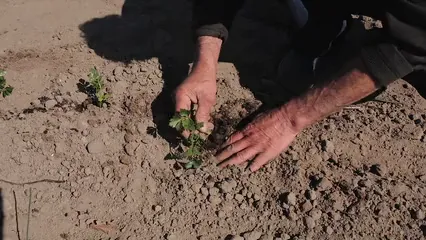
Common Mistakes to Avoid
Many gardeners make mistakes during garlic planting. One common pitfall is planting too early. Garlic needs a cold period to develop properly. If you plant too soon, it may sprout prematurely and suffer damage.
Another mistake is planting too deeply. Garlic cloves should be planted no deeper than 3 inches. Deeper planting can hinder growth and result in smaller bulbs.
If you notice poor growth, check for issues. Look for signs of pests or diseases. Ensure your garlic receives adequate sunlight and water. Adjust care as needed for a healthy crop.

Caring for Garlic as It Grows
Watering and Fertilization
Garlic requires consistent watering throughout its growing season. Aim for about 1 inch of water per week, whether from rainfall or irrigation. Be mindful not to overwater, as this can lead to rot.
Fertilization is equally important. Use organic fertilizers to nourish your plants. A balanced fertilizer applied in early spring can promote healthy growth. Side-dress garlic with compost as the plants grow, especially when shoots reach about 6 inches tall. This will help maximize your yield.
By following these guidelines, you’ll set your garlic up for success. Happy planting!
Pest and Disease Management
Garlic is generally resilient, but it can face some threats. Common pests include onion maggots and thrips. These pests can damage your garlic bulbs, leading to poor yields. Fungal diseases like white rot and rust can also affect garlic.
To manage pests organically, consider these solutions:
- Row Covers: Use lightweight fabric to shield your plants from pests. Check out this row cover fabric for effective protection.
- Crop Rotation: Change planting locations each year to disrupt pest cycles.
- Natural Predators: Encourage beneficial insects, like ladybugs, to control pests.
For disease prevention, follow these tips:
- Healthy Soil: Ensure good drainage and add organic matter to your soil.
- Companion Planting: Plant garlic with carrots or chamomile to deter pests.
- Proper Spacing: Avoid overcrowding to improve air circulation and reduce disease risk.
By implementing these strategies, you can protect your garlic and ensure a thriving garden.

Harvesting Garlic
Recognizing the Right Time to Harvest
Timing your garlic harvest is crucial for quality. The best time to harvest is when the lower leaves turn yellow. Look for about half of the leaves to be brown. This indicates the bulbs have matured and are ready.
Bulb size is another sign of readiness. If you notice large bulbs, it’s a good indicator they’re ready for picking.

Harvesting Techniques
Harvesting garlic requires care to avoid damaging bulbs. Begin by loosening the soil around the bulbs with a garden fork. Gently pull up each bulb, ensuring you don’t break the stem.
After harvesting, it’s essential to cure your garlic. Hang the bulbs in a dry, airy space for about two weeks. This helps them develop flavor and extend storage life. Once cured, trim the roots and store bulbs in a cool, dark place.
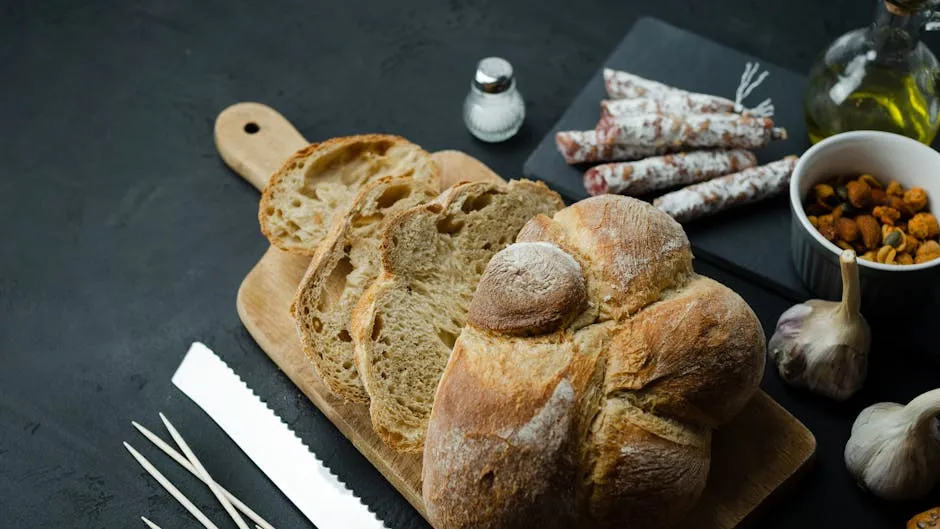
Conclusion
In summary, planting garlic can be an enjoyable and rewarding experience. From selecting the right variety to managing pests, each step is essential for success. Remember to harvest at the right time for the best flavor and yield.
Consider keeping a gardening journal to track your progress and learn from each season. It could be your best gardening buddy!
Give garlic planting a try this season! We’d love to hear about your experiences. Share your thoughts in the comments below!
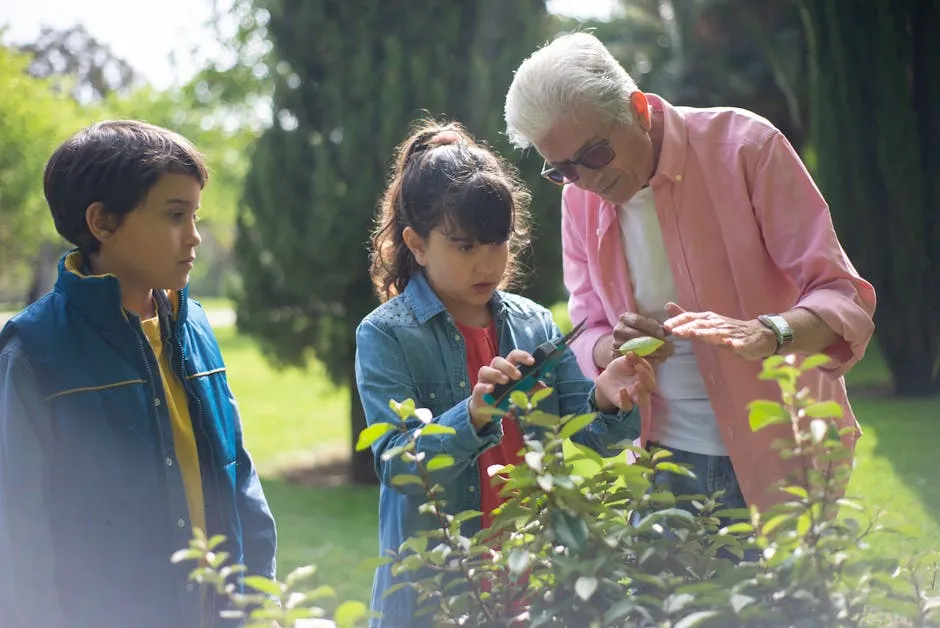
FAQs
What is the best time to plant garlic?
The best time to plant garlic is typically in the fall. This allows the bulbs to establish roots before winter. Depending on your USDA hardiness zone, the timing may vary. For zones 1-6, plant in early October. For zones 7-8, aim for late October to November. In warmer zones 9-10, you can plant from November to early December. Local frost dates also play a role in determining the perfect window for planting garlic.
Can I plant garlic in spring?
Yes, you can plant garlic in spring, but it’s not ideal. Spring-planted garlic tends to yield smaller bulbs and may not develop the same flavor profile as fall-planted garlic. If you choose this route, plant as soon as the soil can be worked. Keep in mind that garlic requires a cold period for optimal growth, so early spring planting might limit your yield.
How deep should garlic cloves be planted?
Garlic cloves should be planted about 2 to 3 inches deep. Make sure the pointed end is facing up and the flat end is down, as this is where the roots will grow. Proper depth ensures that the cloves can establish a strong root system while avoiding rot from excessive moisture.
What are the best garlic varieties for beginners?
If you’re new to growing garlic, consider starting with softneck varieties like California Softneck or Inchelium Red. These types are easier to grow and have a longer shelf life. Hardneck varieties like German Red or Music are also great options for their robust flavor but may require more care. Choose based on your local climate and personal taste preferences.
How do I store garlic after harvesting?
After harvesting garlic, curing is essential for longevity. Hang the bulbs in a dry, shaded area with good airflow for about two weeks. Once cured, trim the roots and stems, and store the garlic in a cool, dark place. Avoid plastic bags, as they can trap moisture and promote mold. Properly stored garlic can last several months, keeping your kitchen stocked.
Please let us know what you think about our content by leaving a comment down below!
Thank you for reading till here 🙂
For more information on how to improve your planting process, check out this guide on garden soil preparation.
Additionally, you might want to explore best companion planting techniques for vegetable gardens 2024 to enhance your garden’s productivity.
All images from Pexels



